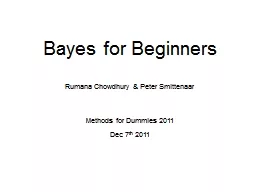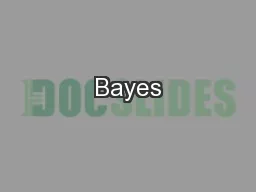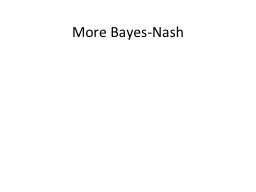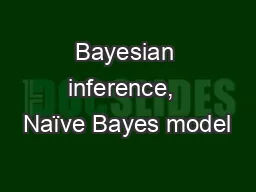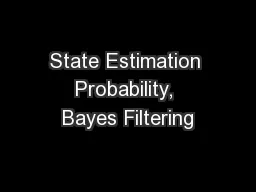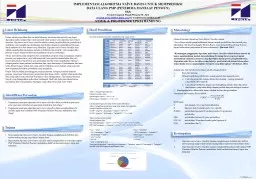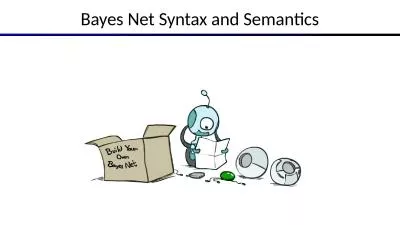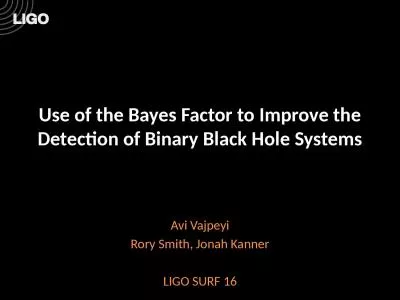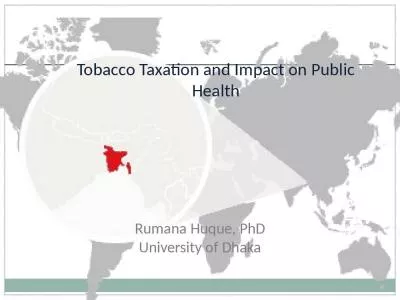PPT-Bayes for Beginners Rumana
Author : stefany-barnette | Published Date : 2018-02-17
Chowdhury amp Peter Smittenaar Methods for Dummies 2011 Dec 7 th 2011 A disease occurs in 05 of population A diagnostic test gives a positive result in 99 of people
Presentation Embed Code
Download Presentation
Download Presentation The PPT/PDF document "Bayes for Beginners Rumana" is the property of its rightful owner. Permission is granted to download and print the materials on this website for personal, non-commercial use only, and to display it on your personal computer provided you do not modify the materials and that you retain all copyright notices contained in the materials. By downloading content from our website, you accept the terms of this agreement.
Bayes for Beginners Rumana: Transcript
Download Rules Of Document
"Bayes for Beginners Rumana"The content belongs to its owner. You may download and print it for personal use, without modification, and keep all copyright notices. By downloading, you agree to these terms.
Related Documents

